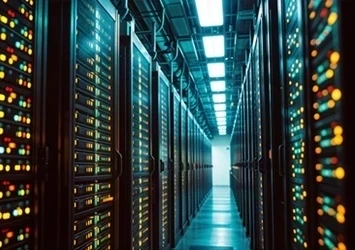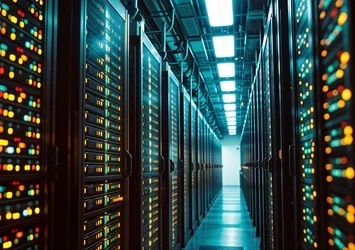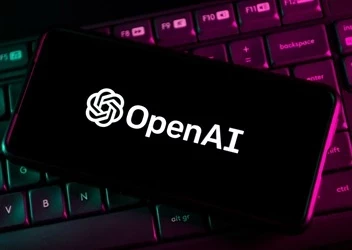The Future of Generative AI
Expenditures by enterprises on Generative AI services, software, and infrastructure are projected to surge from $16 billion in 2023 to $143 billion by 2027.
Add bookmark
Were you aware that according to IDC forecasts, expenditures by enterprises on GenAI services, software, and infrastructure are projected to surge from $16 billion in 2023 to $143 billion by 2027? The anticipated compound annual growth rate (CAGR) for generative AI spending over the four-year span leading to 2027 stands at an impressive 73.3%.
Such staggering figures compel enterprises to pause and carefully deliberate on integrating or re-evaluating the integration of generative AI into their systems and processes.
With the sheer pace of change, it can be difficult to predict what the future holds for Generative AI projects, but Jean-Paul Paoli, Generative AI Business Transformation Director at L'Oréal says it is likely that there will be “an ongoing process for evolution for a long time”.
Deloitte’s Forecast on Generative AI
The Deloitte report on predictions for technology, media, and telecoms trends for 2024 is optimistic about more companies training Generative AI on their own data “to enhance productivity, optimise costs and unlock complex insights.”
For 2024, Deloitte forecasts that enterprise spending on Generative AI will grow by 30%, reflecting a demand for “more customised and constrained models trained on private enterprise data”, rather than public data. “In the past two years, the acceleration has been staggering – and I think it will go even faster,” he says. “The great results with AI have generated interest, there are more new ideas and more people are learning and coming into this field.”
The LLMS and SLMS
According to speakers at Generative AI Summit, both large language models (LLMS) and small language models (SLMS) will remain ever so relevant. Paoli takes it one step further to say that in fact one should watch the space when it comes to SLMS as it will rise rapidly.
The LLMs might homogenise around a few big providers, such as Google, Microsoft and Open AI,” he adds. “There will be a few big players in that space, but with the SLMs, there will be a wider, probably fairly unregulated array of these models, to be completely honest, and open source will be built into devices.”
Report: ‘Moving Generative AI into Production’
Regardless of how technology evolves, moving Generative AI projects from pilot to production will continue to involve the buy-in of all people across organisations. Have a look at the Generative AI Summit report ‘Moving Generative AI into Production’ to better understand where Generative AI is heading, what Generative AI speakers are saying and how companies can embrace change positively.





![6 Steps for Scaling Generative AI Across the Enterprise [Report]](https://eco-cdn.iqpc.com/eco/images/channel_content/images/1200_px_1200px_-_new_report_banner___1_KfqXJb1YcoDuj7l2loKxfHKVswUBdV2F1gzBjRbn.webp)





















